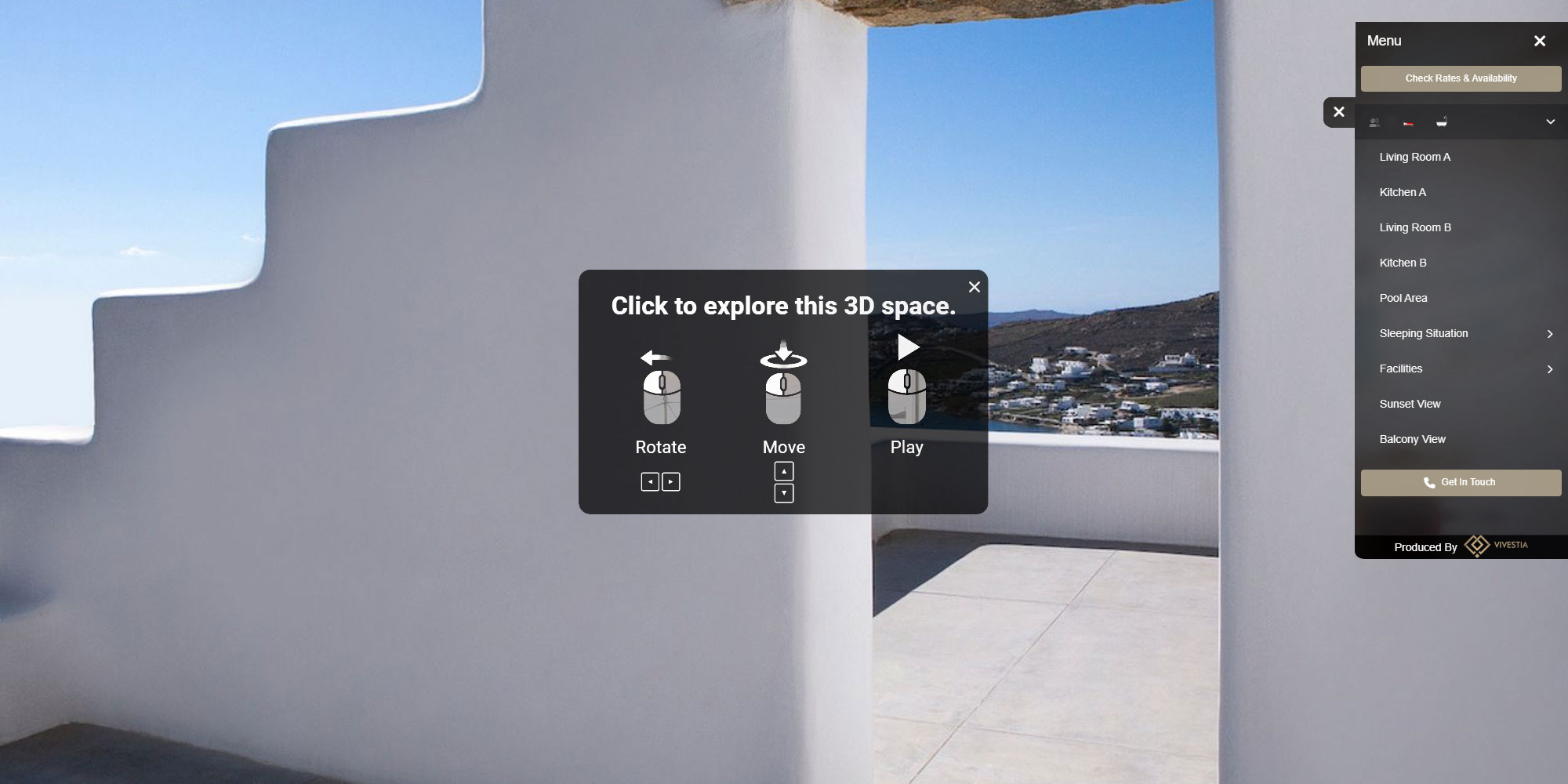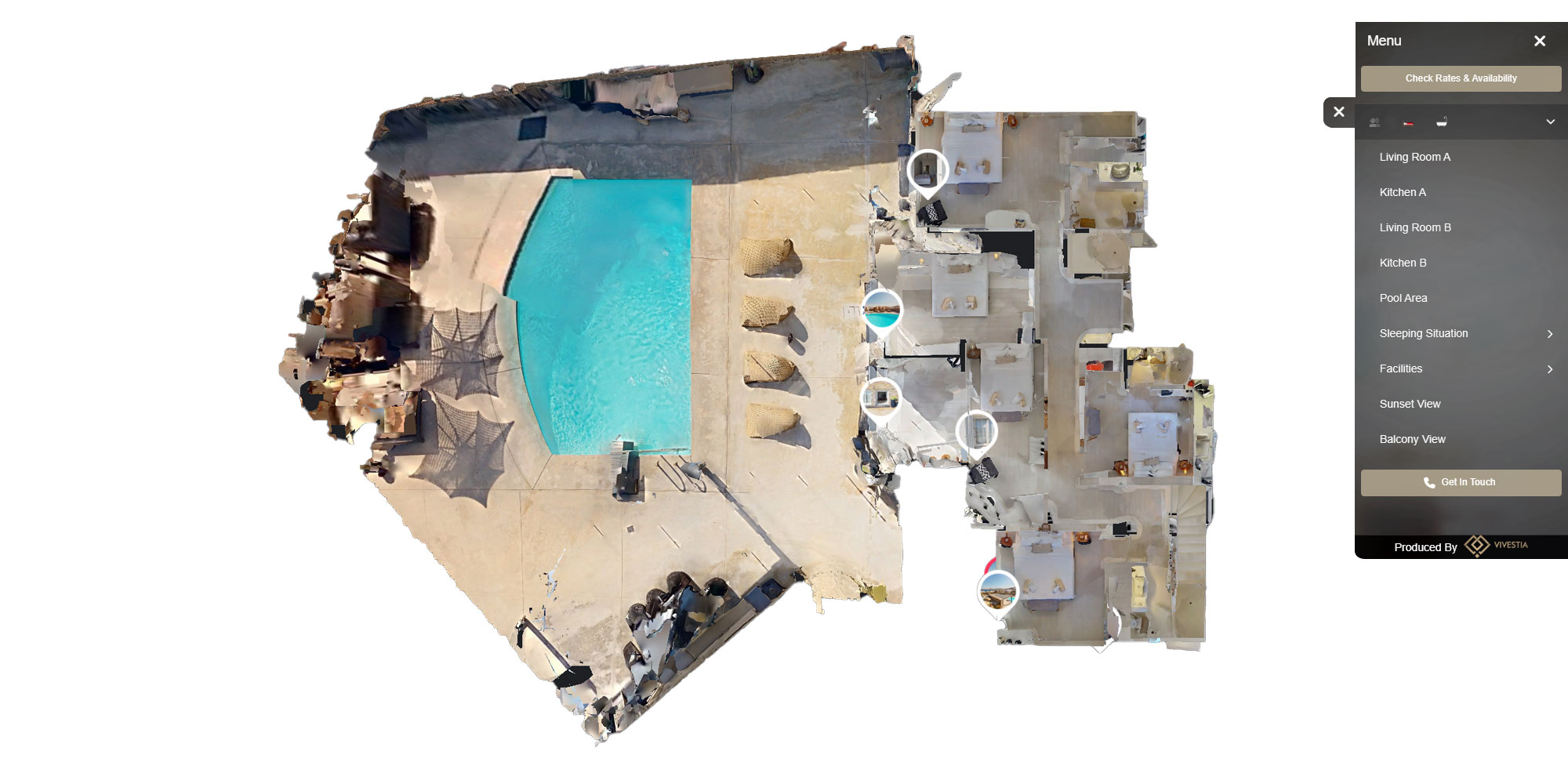Last Updated on 28/12/2023 by Manolis Maragkoudakis
360-Degree Technology and Education

Introduction to 360-Degree Technology in Education
In today’s rapidly evolving world, technology has become an integral part of our lives, transforming various industries and sectors. One such field that has experienced a significant revolution is education.
Traditional classroom settings are no longer the sole source of knowledge and learning. The advent of 360-degree technology has opened up a whole new world of possibilities, providing educators and students with immersive learning experiences like never before.
360-degree technology refers to the use of advanced cameras and virtual reality (VR) technology to capture real-life environments and create interactive, immersive experiences.
By incorporating this technology into education, students are no longer confined to the limitations of textbooks and lectures. They can now explore and engage with subjects in a three-dimensional, lifelike manner, enhancing their understanding and retention of information.
Understanding the Impact of Immersive Learning Experiences
One of the most significant advantages of 360-degree technology in education is its ability to create immersive learning experiences. Traditional teaching methods often rely on static images or videos, which can be limiting in terms of providing a comprehensive understanding of a subject.
However, with 360-degree technology, students can step into a virtual world where they can explore historical landmarks, dive into the depths of the ocean, or even travel to outer space.
These immersive experiences have a profound impact on students’ engagement and motivation. When learning becomes interactive and experiential, students are more likely to retain information and develop a deeper understanding of the subject matter. Additionally, the sensory-rich nature of 360-degree technology stimulates multiple senses, making the learning process more enjoyable and memorable.
Advantages of Using 360-Degree Technology in the Classroom
The integration of 360-degree technology in the classroom offers numerous advantages for both educators and students. Firstly, it allows for personalized and differentiated learning experiences.
With 360-degree technology, educators can cater to individual learning styles and preferences, ensuring that each student receives a tailored education. Visual learners can immerse themselves in virtual environments, while auditory learners can engage with accompanying audio descriptions.
Furthermore, 360-degree technology promotes collaboration and teamwork among students. By providing shared virtual spaces, students can work together on projects and explore concepts collaboratively. This not only enhances their communication and problem-solving skills but also prepares them for the collaborative nature of the modern workforce.
Another significant advantage is the ability to transcend physical boundaries. With 360-degree technology, students can visit historical sites, explore different cultures, and witness natural phenomena without leaving the classroom.
This opens up a world of opportunities for students who may not have the means or resources to travel, providing them with a global perspective and broadening their horizons.
Integrating 360-Degree Technology into the Curriculum
While the benefits of 360-degree technology are evident, integrating it into the curriculum requires careful planning and consideration. Educators must align the use of this technology with the learning objectives and outcomes of each subject. By identifying areas where 360-degree technology can enhance understanding and engagement, educators can effectively incorporate it into their lessons.
Additionally, it is essential to provide adequate training and support for educators to ensure they are comfortable and confident in using 360-degree technology. Professional development workshops and resources can equip educators with the necessary skills and knowledge to leverage this technology effectively.
Furthermore, collaboration among educators, instructional designers, and technology specialists is crucial in designing curriculum-aligned experiences that maximize the potential of 360-degree technology. By working together, they can create immersive, interactive learning modules that seamlessly integrate with existing lesson plans.
Best Practices for Implementing 360-Degree Technology in Schools
Implementing 360-degree technology in schools requires a strategic approach to ensure its successful adoption. Here are some best practices to consider:
Start small and scale up: Begin by piloting 360-degree technology in a few classrooms or subjects before expanding its use across the entire school. This allows for experimentation, evaluation, and refinement of implementation strategies.
Provide access to necessary equipment: Ensure that each classroom or learning space has the required hardware, such as VR headsets and 360-degree cameras. Additionally, consider providing mobile devices with pre-loaded content to ensure accessibility for all students.
Train educators: Offer comprehensive training programs for educators, focusing on both technical skills and pedagogical strategies for integrating 360-degree technology into their teaching practices. Provide ongoing support and resources to address any challenges or questions that may arise.
Curate high-quality content: Seek out reputable sources of 360-degree content that align with the curriculum. Ensure that the content is accurate, engaging, and age-appropriate to maximize its educational value.
Evaluate and assess: Regularly evaluate the effectiveness of 360-degree technology in achieving learning outcomes. Collect feedback from both educators and students to identify areas for improvement and make necessary adjustments.
Overcoming Challenges in Adopting 360-Degree Technology
While the benefits of 360-degree technology in education are vast, there are challenges that schools may face when adopting this technology. One such challenge is the cost associated with acquiring the necessary equipment and content. However, as technology continues to advance, the costs are gradually decreasing, making it more accessible to educational institutions.
Another challenge is the need for reliable internet connectivity and bandwidth to support the streaming and downloading of 360-degree content. Schools must ensure that their infrastructure can handle the demands of this technology to provide a seamless learning experience for students.
Moreover, there may be resistance to change from educators who are accustomed to traditional teaching methods. To overcome this challenge, schools should focus on providing comprehensive training and support to help educators embrace the potential of 360-degree technology and understand its impact on student learning.
Future Trends and Possibilities of 360-Degree Technology in Learning
As technology continues to evolve, the future of 360-degree technology in education holds immense possibilities. With advancements in artificial intelligence and machine learning, personalized learning experiences can be further enhanced. Intelligent algorithms can analyze student data and adapt the content and pacing of lessons to meet individual needs, maximizing learning outcomes.
Additionally, the integration of augmented reality (AR) and mixed reality (MR) with 360-degree technology can create even more immersive and interactive learning experiences. Students will be able to interact with virtual objects and characters, solving complex problems and engaging in hands-on learning.
Furthermore, the potential for global collaboration and cultural exchange through 360-degree technology is vast. Students from different parts of the world can come together in shared virtual spaces, exchanging ideas, and learning from one another’s perspectives.
Conclusion: Embracing the Transformative Power of 360-Degree Technology in Education
In conclusion, 360-degree technology has the power to revolutionize education by providing immersive, interactive learning experiences that transcend traditional boundaries. By integrating this technology into the curriculum and following best practices for implementation, educators can unlock the full potential of 360-degree technology in enhancing student engagement, understanding, and retention of information.
While challenges may arise during the adoption process, schools can overcome them through strategic planning, training, and ongoing support. As technology continues to advance, the future of 360-degree technology in education looks promising, with possibilities for personalized learning, augmented reality integration, and global collaboration.
Embrace the transformative power of 360-degree technology in education and unlock a new perspective in learning.
CTA: To discover how 360-degree technology can revolutionize education, visit our website






Post Discussion